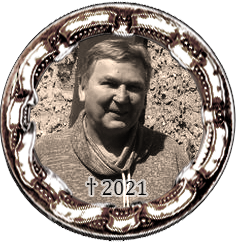STABILIZATION SINCE 2004
The stabilization of wood in the puq process was developed in 2002 by my father Reiner Hochmuth. In this process, we produce a versatile hybrid material that has been used and appreciated in the knife-making, jewelry, and sports industry for over 20 years. The hardening and dyeing of natural wood with acrylic glass provides you with a sustainable, durable, and non-toxic alternative to tropical hardwoods and can be fully customized to your and your customers' needs. This special material is not only beautiful but also offers all the common advantages of wood stabilization. Since 2017, I have taken over the management of the business and continued my father's successful work.





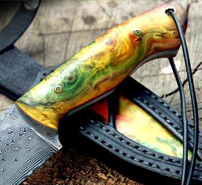 KNIFES Handles & Scales
KNIFES Handles & Scales
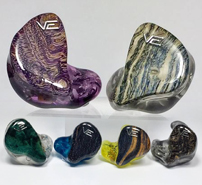 HEARING AID Jewellery & Pens
HEARING AID Jewellery & Pens
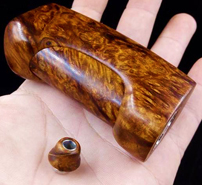 MODS E-Cigarrette & Shisha
MODS E-Cigarrette & Shisha
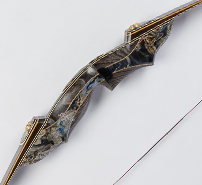 BOWS Slingshots & Weapons
BOWS Slingshots & Weapons
